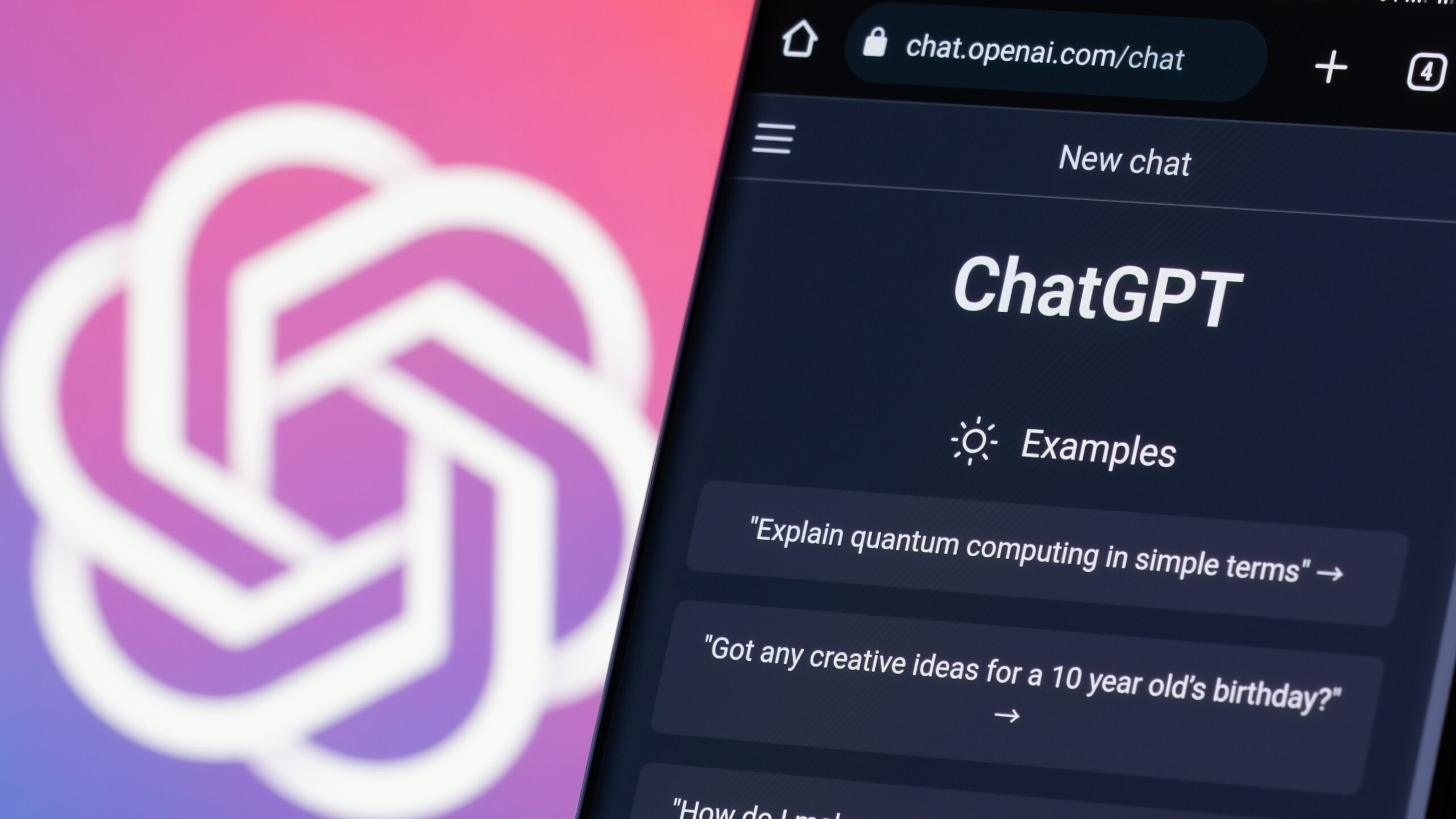Waymo is officially taking the next exit toward the future. The company announced that its fully driverless robotaxis can now operate on highways and freeways across select U.S. cities, marking a major step beyond the city limits where autonomous vehicles have mostly stayed until now.
The rollout begins in San Francisco, Los Angeles, and Phoenix—three of Waymo’s strongest testing grounds. In the Bay Area, cars can now merge onto routes like Highway 101, I-280, and I-80, stretching service all the way down to San Jose and its airport. Los Angeles riders will see freeway trips on I-5, I-10, and I-405, while Phoenix passengers can expect the same on I-10, I-17, and Loop 202. It’s the company’s boldest move yet: letting cars with no human behind the wheel join 70-mile-an-hour traffic.
For riders, that means trips that actually feel practical, not experimental. Waymo says highway routes can cut travel times nearly in half. A trip that used to crawl from downtown San Francisco to Mountain View in 27 minutes can now finish in about 10. That shift turns the service from a novelty into something closer to a true ride-hailing alternative.
To make this leap, Waymo didn’t just flick a software switch. The company’s autonomous systems have spent years learning how to handle everything from high-speed merges to unpredictable lane closures. Each car runs two redundant onboard computers and uses new “safety fallback” protocols developed with highway patrol officers, designed for situations like debris in lanes or stalled vehicles. The vehicles also know how to navigate safely to highway shoulders or exits if they encounter a system issue—something that’s critical at highway speeds.
Waymo says this phase of the rollout will initially be limited to riders who opt in through the app, allowing engineers to monitor performance before opening it up to all users. San Jose International Airport will also become one of the first airports in the country to support curbside pickup by a fully autonomous vehicle, creating what Waymo calls a “door-to-gate” experience for travelers.
Competitors like Cruise and Motional have tested similar ideas but remain focused on slower, urban environments. Waymo’s confidence to hit the interstate without a safety driver on board sets it apart—and raises the stakes. At higher speeds, there’s less margin for error and a lot more that can go wrong in an instant.
Still, the timing feels deliberate. Autonomous tech has matured, regulatory approvals are stacking up, and public curiosity is growing. If this works, Waymo could prove that driverless cars aren’t just for short hops downtown—they’re capable of handling real-world commutes and airport runs too.
The company hasn’t said when highway service will expand beyond California and Arizona, but early talks are underway for Atlanta, Austin, and Miami. Each state will require its own approvals, and infrastructure upgrades—like emergency-response access and autonomous pull-off zones—are still being worked out.
For now, the idea of sitting in the back seat while your car glides down a six-lane highway without anyone touching the wheel is equal parts fascinating and unnerving. Waymo seems to know that, which is why this rollout is gradual, cautious, and closely monitored. But it’s also the clearest sign yet that the future of driving won’t always involve a driver.





